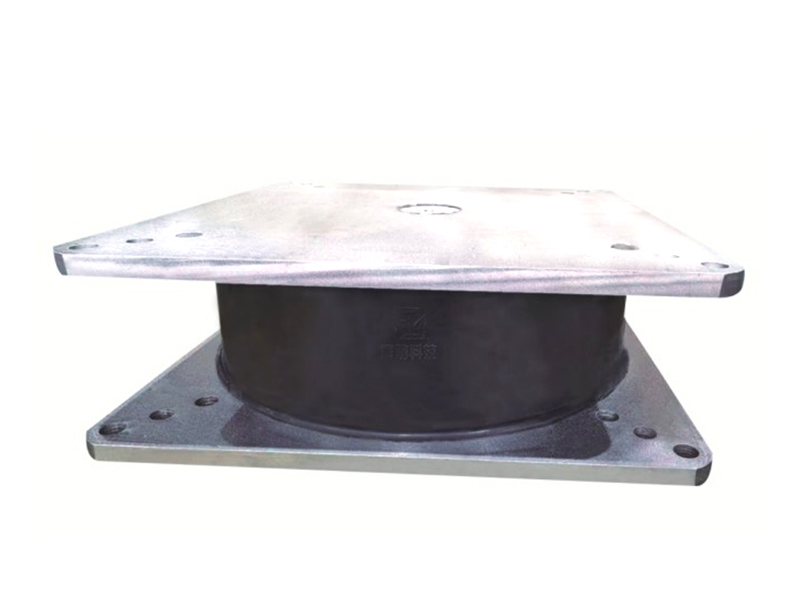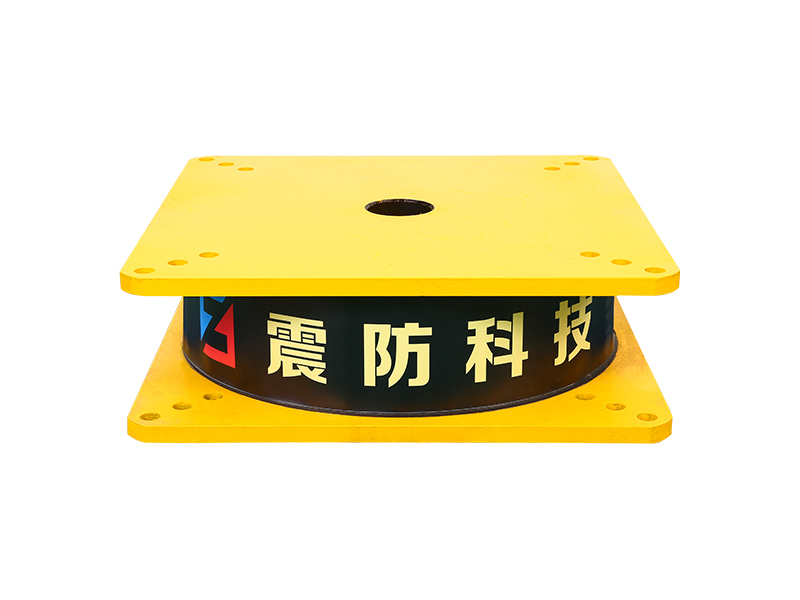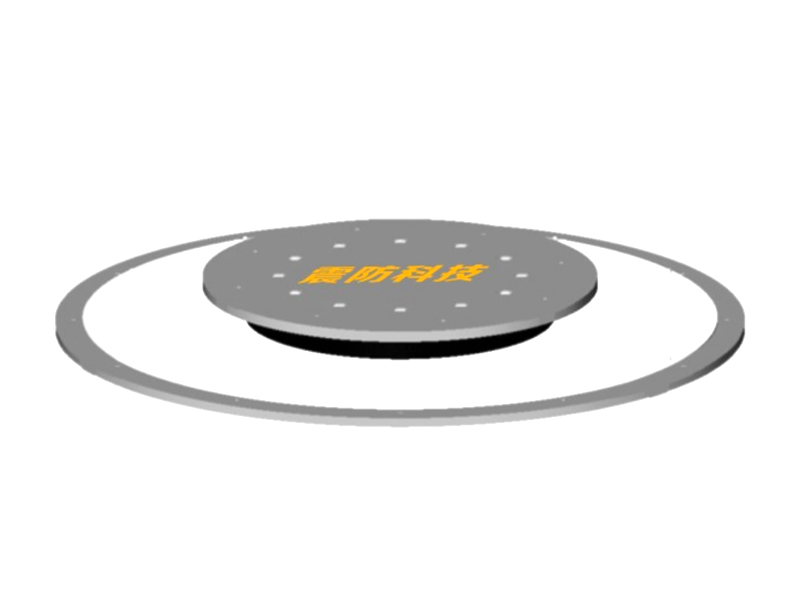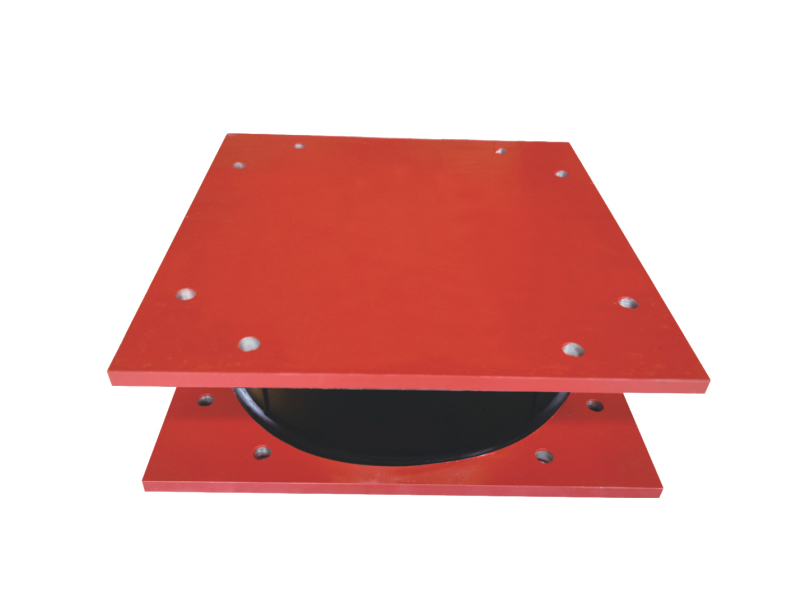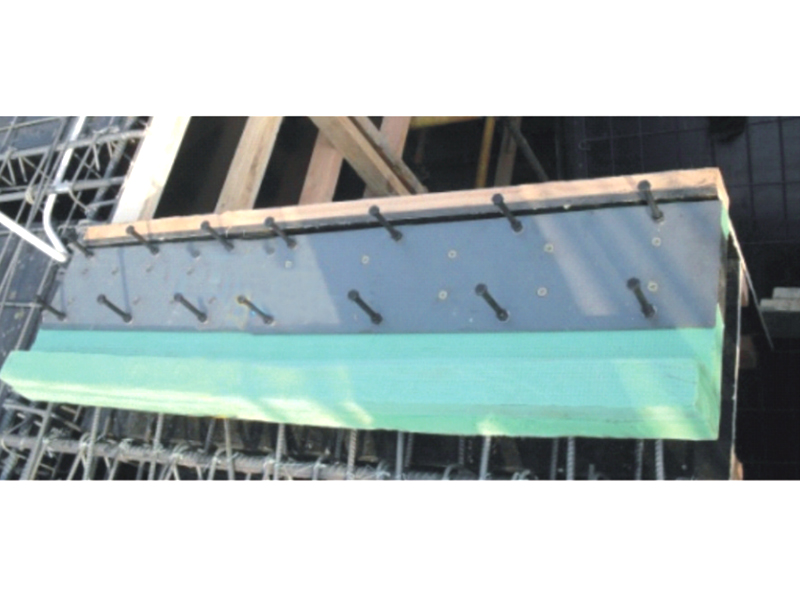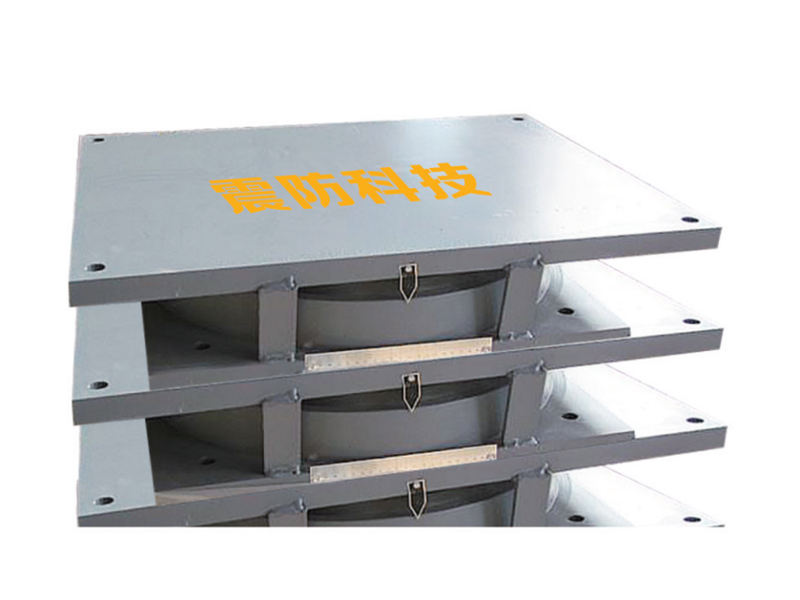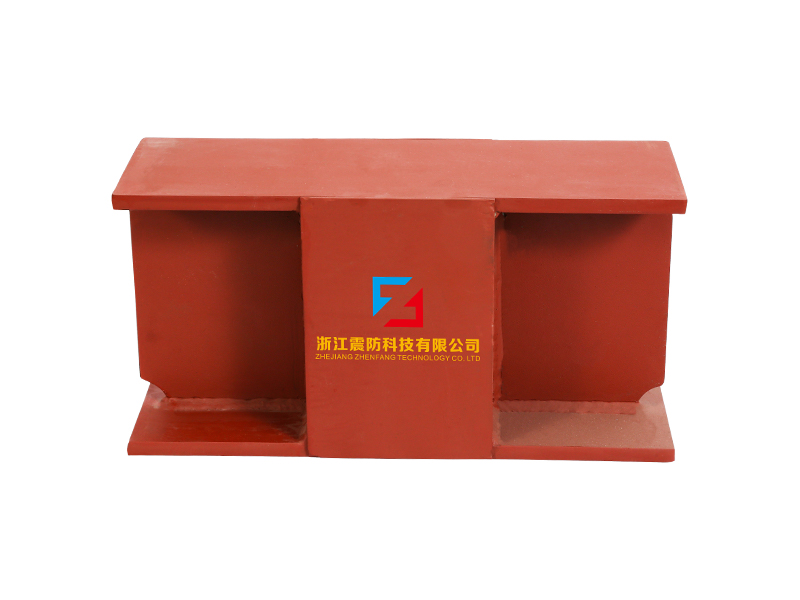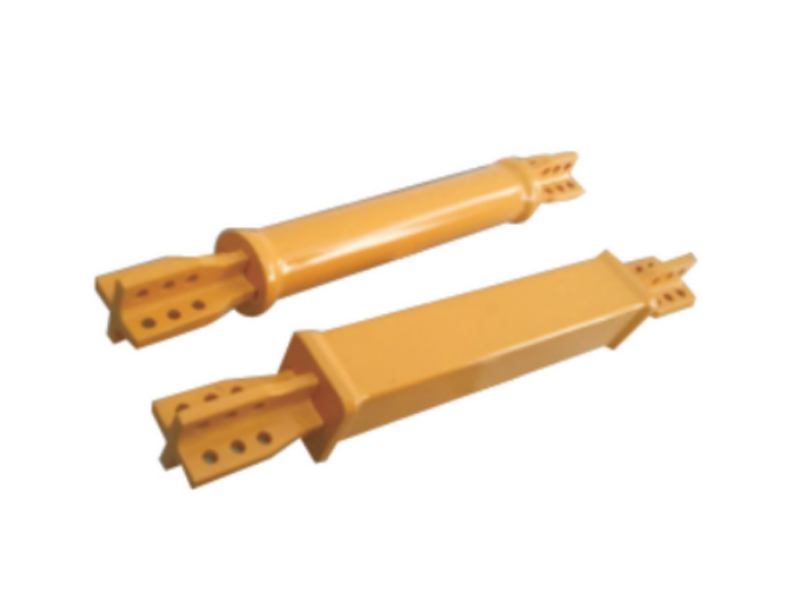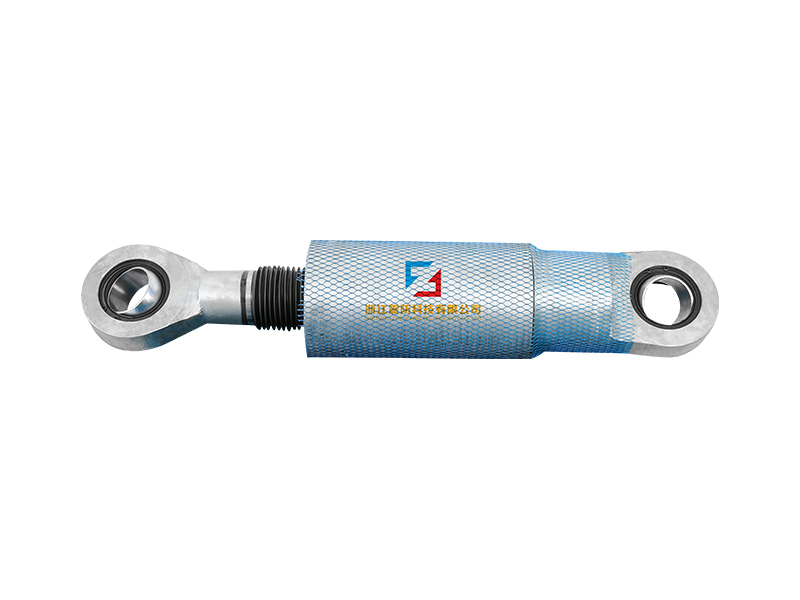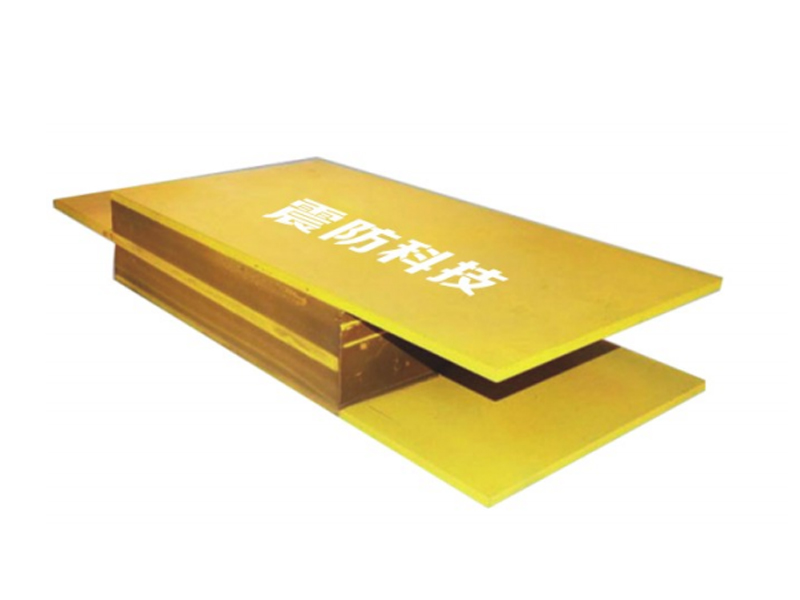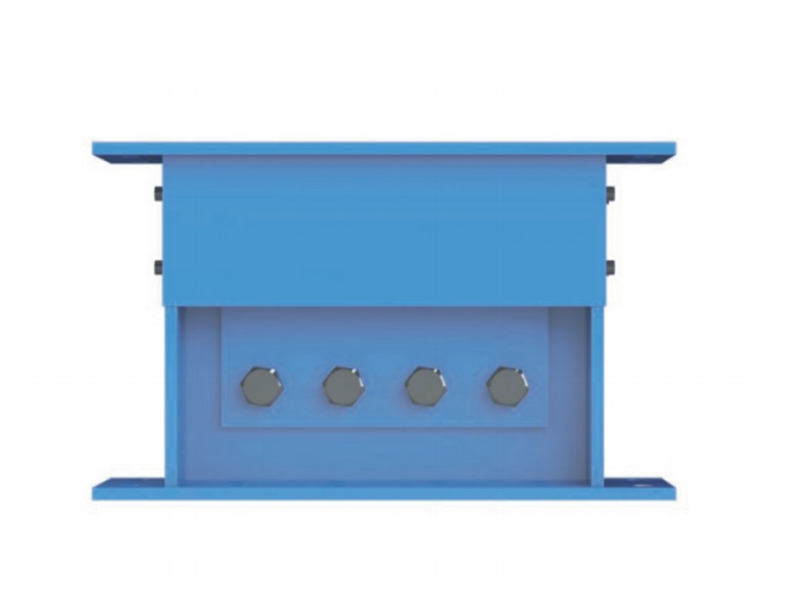There are a few types of base isolation. Here are the most common types and what you need to know about them. These include: Dampers, Structures, and Optimization. These types of isolations are used to control spectral acceleration transforms. These types of isolations must be realistic. When choosing a base isolation, the main objective is to reduce spectral acceleration transforms. The most important factor to consider is the isolation period and damping.
Structures
Base isolation is a field of engineering that involves the modification of buildings in an earthquake. These structures are made of elastic and sliding materials and installed between the building superstructure and the foundation. The accompanying slide show shows some of the world's largest base isolated buildings. The use of base isolation is increasing globally and is a proven strategy in minimizing the impact of an earthquake. Seismic engineering firm Zhejiang Earthquake Prevention Technology Co., Ltd is one of the world's respected firms in China for this purpose.
Seismic isolation has several advantages. It allows for more efficient construction. Seismic isolation prevents any structural movements, similar to a bird in flight during an earthquake. Seismic isolation protects the structure from ground movement. It is more cost effective than other methods of base isolation. In addition, it provides a high degree of damage recovery. These advantages make base isolation an excellent choice for high-rise structures. However, it is important to note that base isolation is not possible in all circumstances.
Seismic isolation is beneficial for buildings under high seismic risk. In case of a large earthquake, it greatly reduces the base shear and the absolute acceleration of each story. This means that the superstructures are less susceptible to damage. The SILRSB of base-isolated buildings is less than the SILRSBs of their fixed counterparts. The study provides useful information for design and analysis of base-isolated buildings.
Soil conditions
Soil conditions for base isolation depend on the structural system and the type of soil beneath the base. The same type of buildings can exhibit different damage patterns, even if they are of the same configuration and magnitude. The soil condition can affect the mass, stiffness, and vertical irregularities of a structure. Therefore, soil conditions are of great importance when designing base isolation systems. This article will discuss some of the important factors that influence base isolation.
The soil's flexibility determines the response of the base of a building to seismic forces. Soft soils produce a higher spectral displacement and acceleration than hard soils. This means that hard and medium soils are suitable for base isolation buildings. However, in practice, this is not always possible. Depending on the specific situation, it is necessary to use different types of soils. In many cases, soft soils cannot be used in base isolation buildings.
The optimal parameters for base isolation systems were determined through a genetic algorithm. The optimal values are those that minimize the acceleration response at the base and roof under different soil conditions. Once these parameters are determined, time history analyses of each soil condition are performed again. These analyses proved that the optimum values were the best for base isolation systems. These optimum values resulted in the highest reduction of seismic response and best performances. Therefore, the optimal soil conditions for base isolation are important for earthquake resistant buildings.
Soil condition is an essential topic in earthquake engineering. Soil condition is defined as the physical and dynamic properties of the soil. It is classified into three types, hard soil (Rocky), medium soil (Medium) and soft soil (Loose). The physical properties of the soil determine the amount of vibration and deformation a structure experiences. In earthquakes, soil deformation causes base shear, moment, and displacement.
Dampers
One way to minimize buckling of a building is to install dampers in base isolation. These dampers can control large deformations at the isolator level. They are most effective when used in combination with a resilient-friction base isolator. The two types of dampers are effective in reducing bearing displacement without significantly increasing the superstructure forces. These dampers are also known as viscous dampers.
The design of a base isolation system depends on the dynamic properties of the isolated building. This can be determined through the use of non-destructive impulse testing, vibration machine testing, the waiting regime procedure, and micro-seismic blasting. Supplemental dampers can be used to reduce big displacements at the isolator level. The authors propose effective variable friction dampers, which significantly reduce displacements between a building's first floor column and its foundation, yielding a significant improvement in seismic response.
Viscoelastic dampers with base isolation significantly reduce the magnitude of column bending moments. These dampers are the most effective way to isolate a building from the surrounding environment. The dampers used in base isolation are installed diagonally in the building. They are designed to provide sufficient damping for large earthquakes. If the building has two or more floors, this design is suitable for seismic applications. This is because it reduces the impact of swaying.
The use of base isolation is a complex area of engineering. It affects the lives of people all around the world. It is an expensive and complicated process. But engineers have found a way to solve this challenge by using rubber and steel in combination with damping systems. Dampers in base isolation have been effective in many earthquakes, including the recent Northridge disaster. It is also the most cost-effective way to reduce sway in a structure.
Optimization
RBDO is used to design base-isolated structures. This method is often difficult to apply because of the high computational cost of base-isolation systems. The base isolation system is nonlinear, and must be modelled using a large number of parameters. To overcome this problem, the present study proposes an efficient scheme for RBDO of base-isolated systems that integrates the probability density evolution method and variance-based sensitivity analysis. This scheme helps to reduce the number of design parameters while ensuring the structural performance and seismic mitigation.
The optimal design parameters for base-isolated structures are determined through an integrated spectrum analysis. The analysis considers the structure's load definition process and the design performance criteria. Then, the base isolator is optimized by minimizing the maximum displacement of a single member while maximizing its efficiency. The robust solution obtained is compared to the conventional deterministic solution. The results are discussed in the context of building safety, which is an important consideration in base-isolation optimization.
This method combines elastomeric bearings with a suspension system to reduce the natural frequency and dynamic displacement of the structure. This reduces the size of base isolation systems, the cost of bearings and moat covers, and the complexity of the system. It is also less expensive than base-isolation systems. If you need a base-isolation system for your building, consider using Taylor Dampers instead. The Taylor Dampers reduce the total cost of base isolation and reduce its complexity.
As a result, TLBO is a robust algorithm with low standard deviations that can identify the optimal nonlinear isolation system parameters. It also has low computational complexity. With these parameters, it is possible to dimensionalize the isolation system. If you have the optimal system parameters, you will be able to design a reliable and efficient nonlinear system. With a reliable solution, it is possible to calculate the parameters for your system.
Cost
Base isolation is a technique that is used to protect buildings and structures from earthquakes. It is commonly used on pipelines, buildings, viaducts, and offshore platforms. It is also used in telecommunications facilities and water and fuel storage tanks. It is also used in public housing. Many of these projects are in developing countries. The cost of installing base isolation systems is approximately $15,000 for a three-bedroom home in New Zealand.
The cost of installing base isolation devices varies from 3% to 5% of total construction costs. However, the technology does have its benefits. It has been proven to be financially viable, especially for buildings that are considered heritage structures. In addition to saving lives, base isolation can also increase the life expectancy of buildings. It is estimated that the initial cost of installing these devices can be amortized through material savings and lower repair costs. This technology is particularly helpful in earthquake-prone areas.
The costs of installing base isolation systems depend on the type of earthquake and its severity. The most common method is to install a base isolation system on an existing steel frame rack. In an earthquake-prone area, base isolation can help reduce the risk of catastrophic damage to the structure. While it is not cheap, it can save a lot of money in the long run. It will also protect the building against earthquakes. A typical steel frame rack structure should be protected with base isolation.
While the initial cost of installing base isolation is high, the increased performance and aesthetics make it an excellent choice for high-risk or strategic buildings. However, the installation costs must be balanced against the structural savings the system offers. A comprehensive study has been conducted to evaluate the economic suitability and effectiveness of base isolation. The results of this study show that the construction process is cheaper and more efficient if base isolation is installed properly. In addition, the process of base isolation is less complex and cheaper than installing a traditional fixed-base antiseismic structure.
